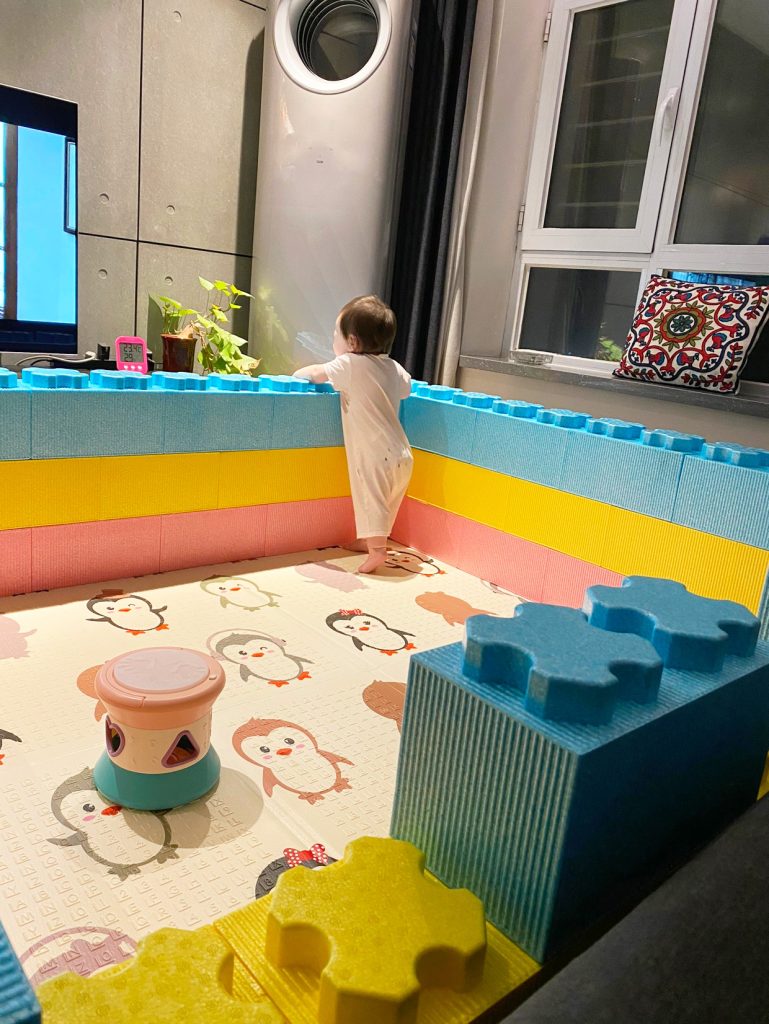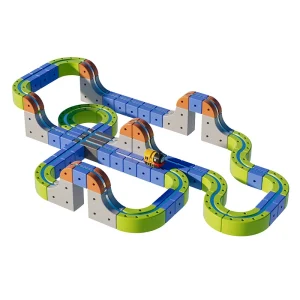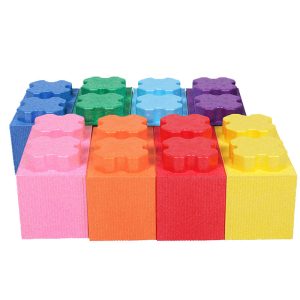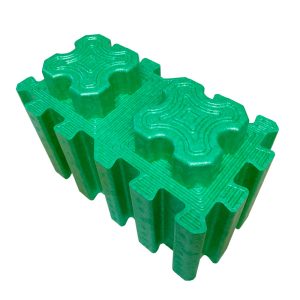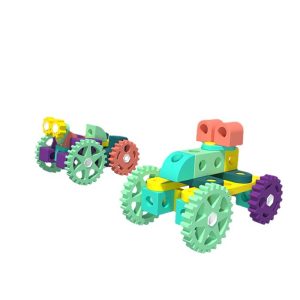What are the foaming processes for EPP or EVA foam?
Foaming processes for EVA foam
EVA foam uses either chemical or physical foaming, depending on performance needs and production costs:
- Chemical foaming: The most common method. Mix EVA resin with chemical foaming agents (e.g., azodicarbonamide), cross-linking agents and additives, then heat after rubber mixing and molding. The foaming agent decomposes to release gas, while the resin cross-links and cures into closed-cell foam. Low-cost, it suits mass production of conventional EVA foam (e.g., packaging, ordinary shoe materials).
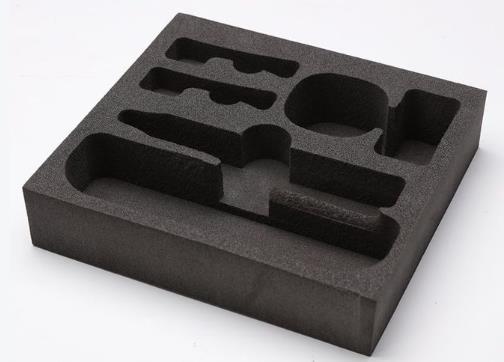
- Physical foaming: Inject inert gases (e.g., nitrogen) or volatile liquids (e.g., butane) as foaming agents; bubbles form via gas dissolution and expansion in molten EVA. The foam has finer cells and better environmental friendliness (no chemical residues) but higher cost, suitable for high-performance scenarios (e.g., high-end sports protective gear or toys).

2. Foaming process for EPP (expanded polypropylene)
EPP mainly uses physical foaming, the current industry mainstream.
- Core process: Mix PP resin with nucleating agents, inject supercritical fluids (e.g., CO₂ or nitrogen) into molten PP under high pressure to form a uniformly dissolved supersaturated system. Then trigger gas expansion by depressurizing and heating to form numerous tiny bubbles; EPP foam is obtained after cooling and solidification.
- Key value: Physical foaming endows EPP with a uniform closed-cell structure, excellent resilience, temperature resistance (-40℃ to 130℃) and impact resistance. Free of chemical foaming agent residues, it is more environmentally friendly, widely used in automotive buffers, cold chain packaging, toys, etc.
